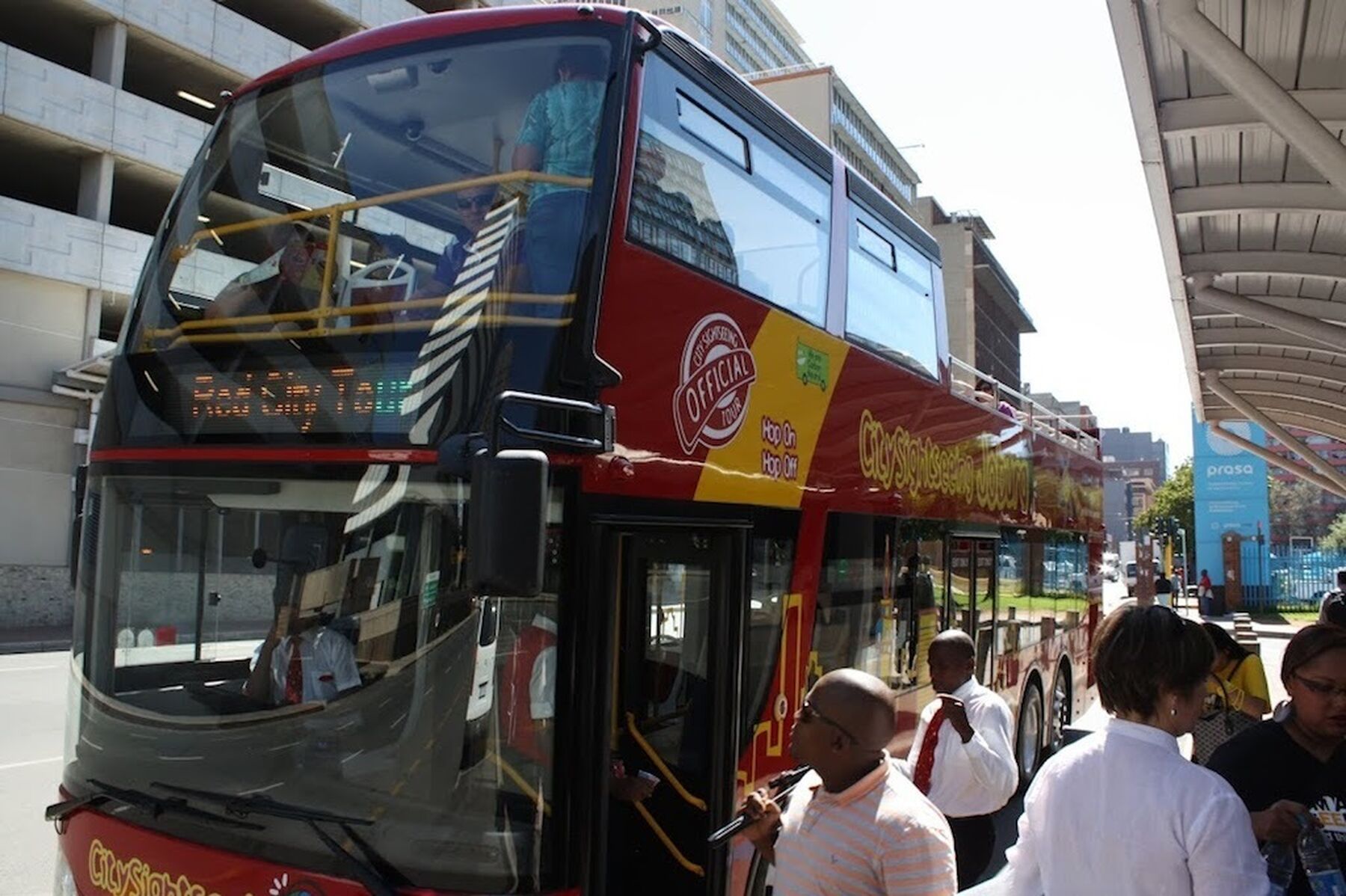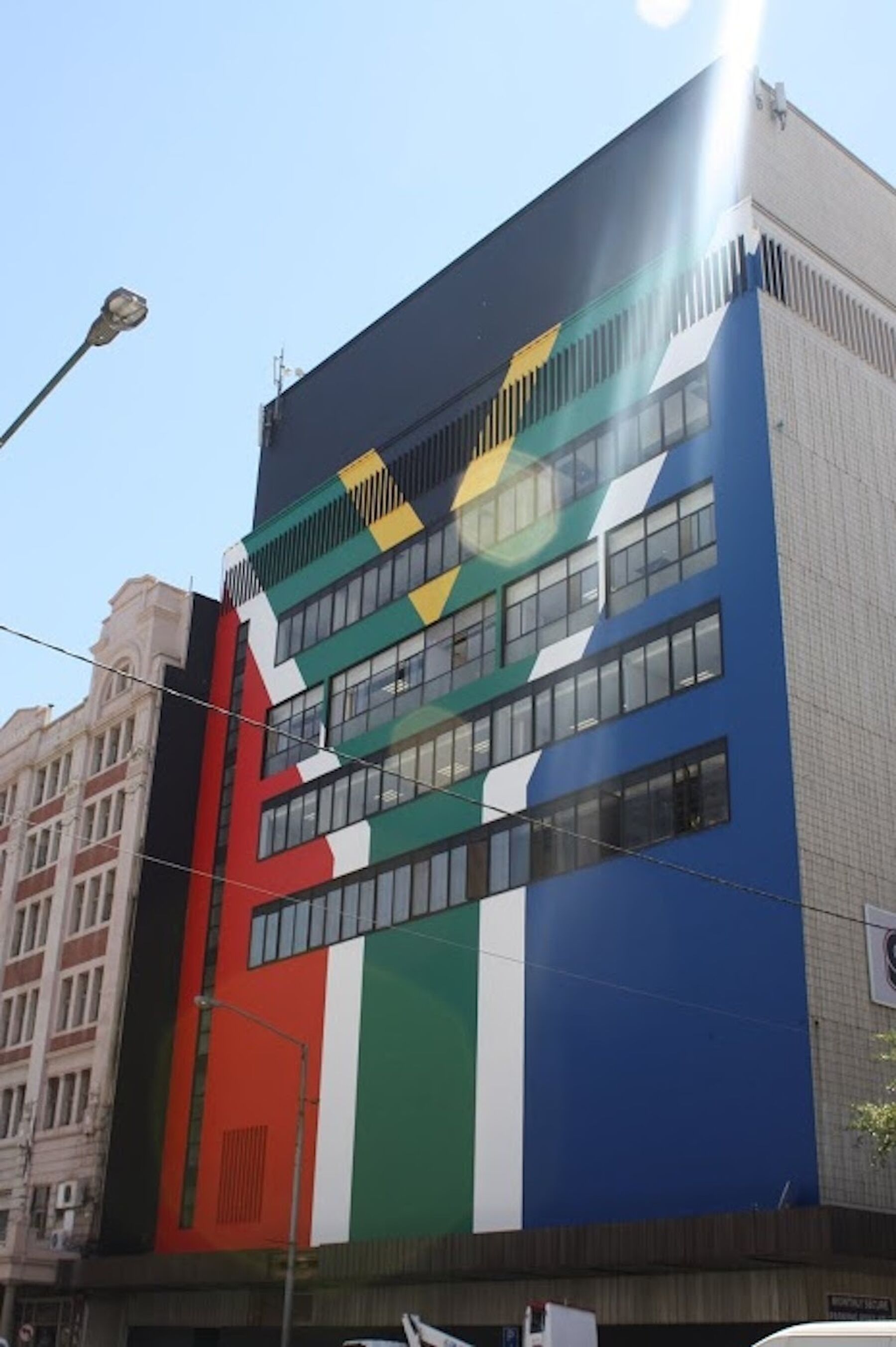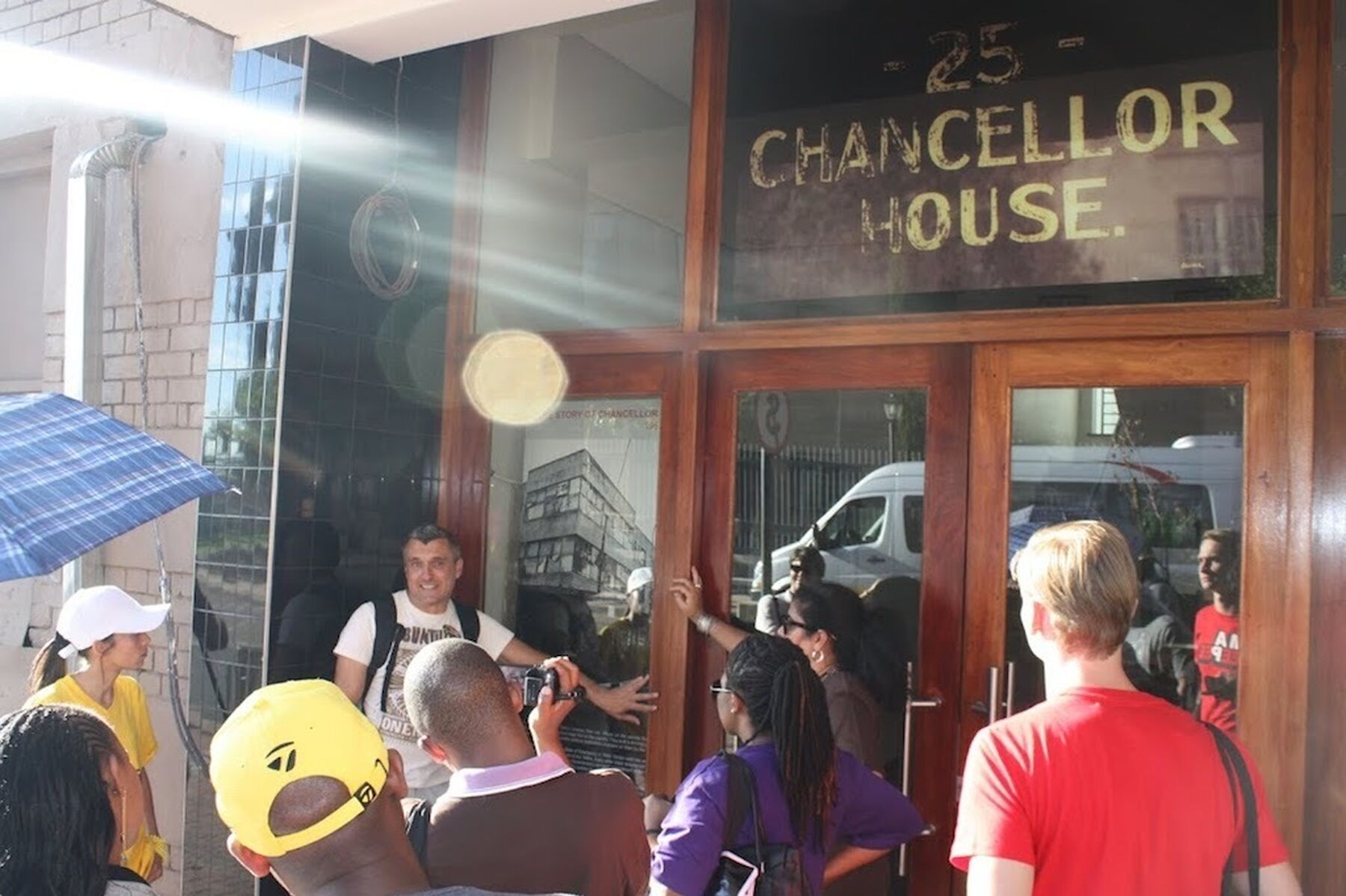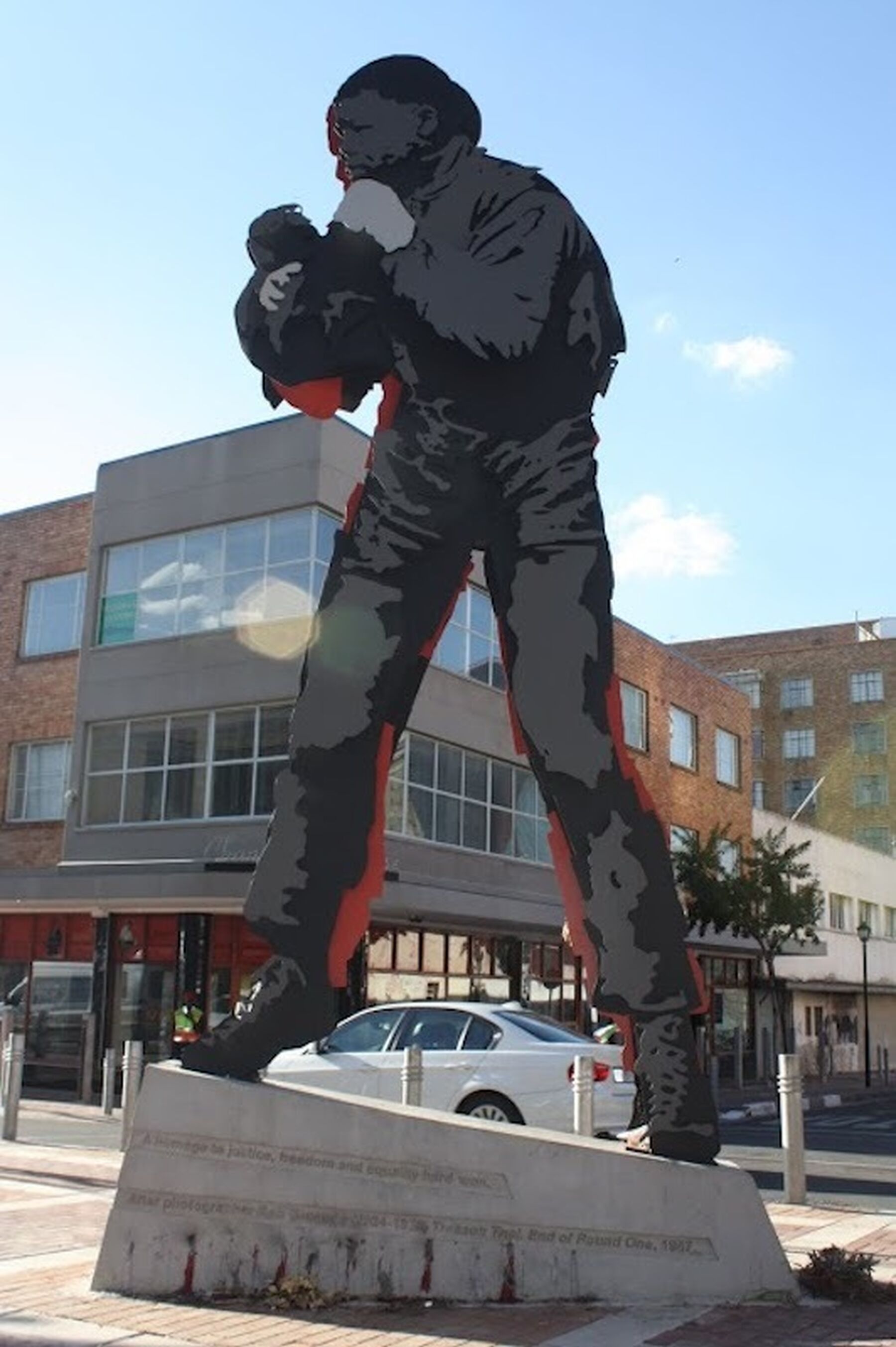When I first arrived in Johannesburg from Cape Town in 1999, the city centre was a rough place. And it scared me a bit.
My Capetonian sensibilities and the widely held perception that Jozi was a lawless place were of no help to me as I commuted to The Star’s offices in Sauer Street every day. And I worked night shift, so there was always the jittery drive home in the early hours.
But how things change. Having not worked in the city centre for seven years now, I haven’t been there much in recent times. So when Gauteng Tourism Authority CEO Dawn Robertson invited Flow to come along on various tourist walks and drives around the city centre, I was intrigued.
The point of the exercise was to demonstrate that Johannesburg is much, much more than a travel node to other parts. And I think it did, in spades.

Of course, some things hardly change at all, and we happened to do our jaunt on the day of the big ANC-DA face-off. Immediately, the plan was in tatters, as several roads had been closed off; but it was perhaps a blessing in disguise, because it forced us to walk instead – and we really got to see the detail.
We started off at the Parktonian Hotel in Braamfontein, where guide Gerald Garner, of JoburgPlaces, gave us a potted history of Johannesburg, and the various cycles of renewal and decay in its 127-year lifetime.
Gerald made an interesting point about how during its last boom period, from the 1960s to the 1980s, Johannesburg was a great place – if you were white; it was also an unjust place, with apartheid in full swing. As such, it had needed the calamitous decline of the 1990s to start afresh as a truly inclusive city, he argued.
I had arrived in the city smack in the middle of that low point, and it was depressing: dilapidated and violent, with the horrible exploitation everywhere of poor people by pimps and landlords. People didn’t live in the inner city as much as survive in it.

Imagine my awe, then, at how things are today. Sure, there will always be crime and grime, but the Joburg inner city of today is a very different place. A lot of people – from government to business to individuals – have worked very hard in recent years to make it a safe and vibrant place.
We set off from the Parktonian in the Joburg City Sightseeing bus (the red open-top one) with guide Jo Buitendach, of Past Experiences. But we didn’t get far, thanks to the day’s news events, alighting at Gandhi Square.
From there we meandered down the CBD towards Fordsburg, taking in the fascinating and historical places along the way. We saw plenty of restored infrastructure, like Ernest Oppenheimer Park and the Barbican (the city’s first “skyscraper”, now dwarfed by its neighbours), and others yet to be revived, like the nearby Rissik Street Post Office.
We admired the street art, the graffiti (Jo’s an expert here), the architecture, famous shops such as Minty’s and the Kohinoor, and how old spaces have been repurposed, often in funky and fresh ways.
We also took shelter from the unruly protesters, in a gloomy little shop where the proprietor told us how Nelson Mandela had often taken his lunch there, and pointing out the chair he had used.

Near the Johannesburg Central police station, we flagged down a minibus taxi and headed for Braamfontein, where we had a splendid, long lunch at a little restaurant called Daleahs.
From there we headed back to Gandhi Square, where we met up with Gerald again. After relating how Gandhi and his beliefs were inextricably linked to that very spot, he gave us a tour chiefly of the Main Street precinct, where the once-mighty mining houses had all been grouped (some are still there.)
Gerald pointed out signs of renewal everywhere: restored art, derelict office buildings converted into affordable accommodation, and numerous restaurants and coffee shops. People are living in the city again and they are injecting capital into it, he said, repeating his assertion that the city had needed its recent period of decay to be revitalised once more.

Our day’s touring concluded at one of Johannesburg’s most significant historical sites: Chancellor House, a modest building where Nelson Mandela and Oliver Tambo had their law offices more than a half-century ago. It’s a metaphor for Johannesburg’s CBD: cleared recently of hundreds of squatters and fixed up, there are plans to turn it into a legal library.
Our day ended at Museum Africa in Newtown, where the brilliant photographic exhibition The Rise and Fall of Apartheid was opening. So many of the images had been taken, of course, in Johannesburg, in and around places we had been during the day.
It was a fitting reminder that it is a young city already imbued with a rich history, and well worth exploring in depth – by visitors and locals alike. You can download the Gauteng Travel Guide mobile app on your Apple or Android smartphone, or simply pick up a #GeePeeShotLeft booklet at various attractions around Gauteng.
